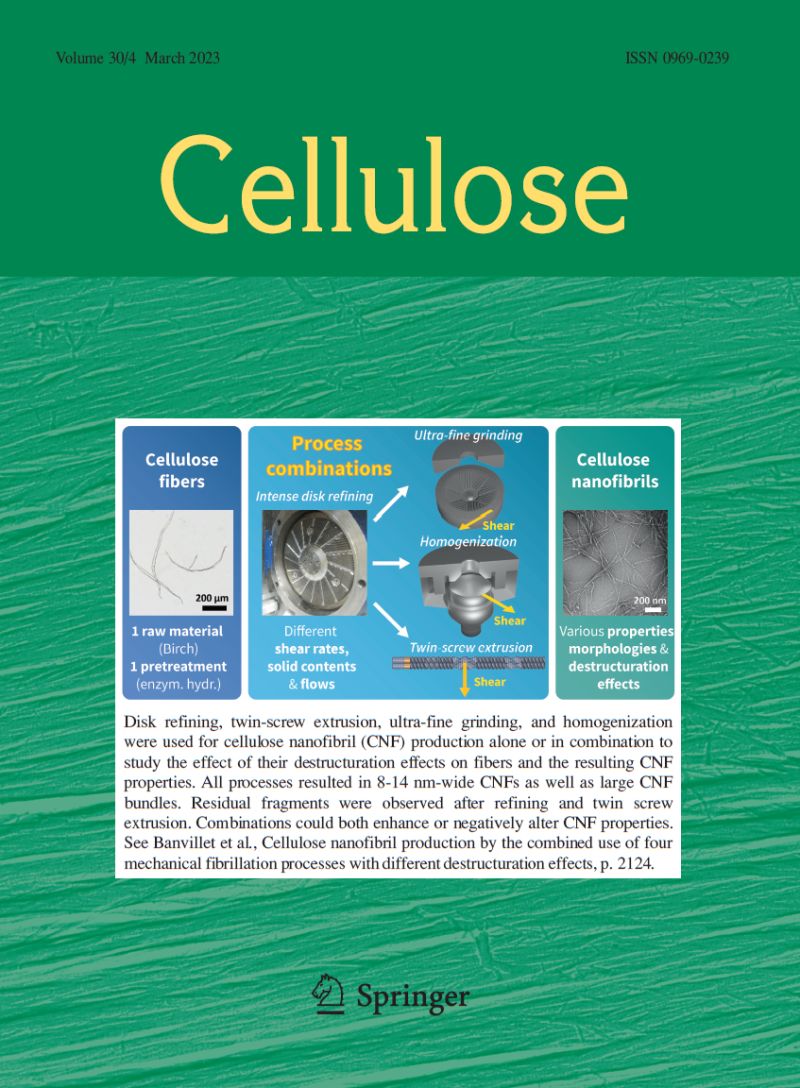Adsorbent beads based on Fe-BTC@Chitosan/microcrystalline cellulose for simultaneous removal of sulfa drugs
Abstract
Sulfa drugs are mostly used as antimicrobial regents for treatment of several infections. Sulfa drugs can easily be accumulated in the human cells and can be leached out to cause water pollution. Nowadays, the removal of sulfa drugs from polluted wastewater is of research interest. According to our knowledge, application of bead-based biopolymers and metal organic framework (MOF) in the removal of sulfa drugs has not been investigated. The novelty in the current approach is to exploit a composite of chitosan and MOF for removal of sulfa drugs. The approach synthesizes a composite bead that is based on Fe-benzenetricarboxylic acid (Fe-BTC) a superiorly applicable MOF, and the biopolymers chitosan (Chs) and microcrystalline cellulose (MCC) for removal of sulfa drugs. The present study interests in the efficient removal of two kinds of sulfa drugs (sulphanilamide and sulfamethazine) by using the currently prepared bead. Chitosan (Chs) and microcrystalline cellulose (MCC) were used as sources for the bead. The materials interacted together to obtain Fe-BTC@Chs/MCC bead. Fe-BTC was well-distributed over the networked structure of Chs/MCC and filled the pore structure. Adsorption of sulfa drugs onto the synthesized beads was well-fitted to the pseudo-second order and isothermally to Langmuir. The affinity of Fe-BTC@Chs/MCC bead toward sulfamethazine was notably higher than that of sulphanilamide. Adsorption capacity of sulfa drugs onto Fe-BTC@Chs/MCC bead was decreased by only 16.4–15.5% after five reuse cycles which declare the substantial stability during the regeneration process.

 求助内容:
求助内容: 应助结果提醒方式:
应助结果提醒方式:


